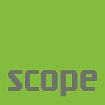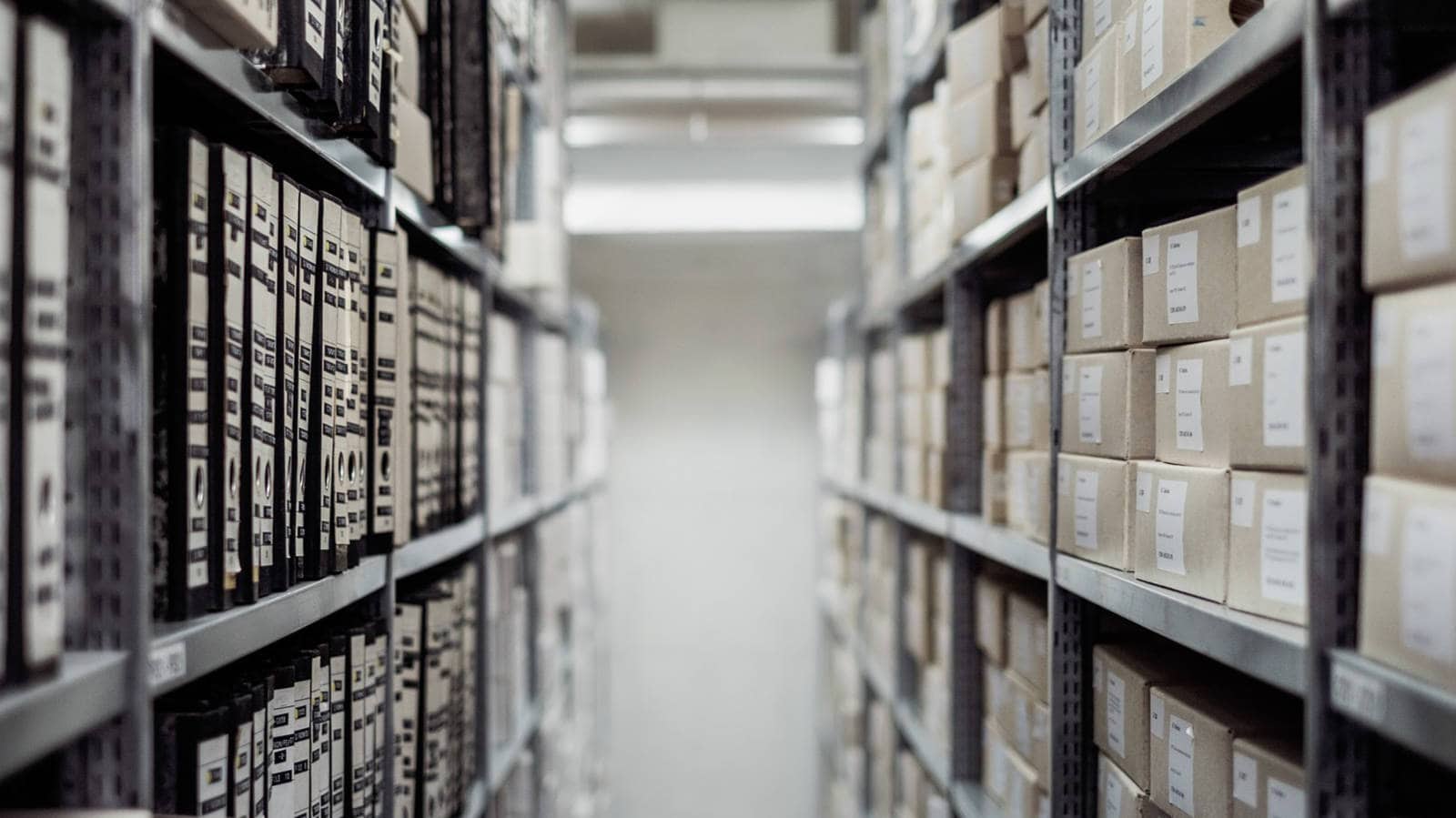scopeArchiv
scopeArchiv™ is a comprehensive archive software for public and private archives.
This standard solution has a modular structure and supports typical business processes, from maintenance of the pre-archive to the transfer and processing of documents, development and storage, through to determining, researching and ordering archive material via the Internet or Intranet. scopeIngest takes scopeArchiv™ and expands it into a hybrid archive information system providing digital long-term archiving in accordance with OAIS (ISO 14721).
One database, one overall system
scopeArchiv™ has a modular structure and can be individually assembled according to the corresponding archive, with over 20 modules and plug-ins available. The system always remains an overall system, regardless of the number of modules needed. Extra modules can be added at any time, without database migration or alteration of the general operating concept.
For larger archive institutions with complex requirements
As a standard solution for large to very large archives, it perfectly meets the requirements of large communal archives, state archives and national archives. scopeArchiv™ adapts itself to existing archive structures. The solution can be operated in the customer’s own data center or in the cloud at outsourced service providers. In total, over 20 different modules and plug-ins are available in scopeArchiv, and can be freely combined. This means you can freely select the functionality and complexity of your solution and thus obtain only the modules that you actually need. Additional modules can be added to the overall solution at any time without having to migrate data.
Find out more about the functions that scopeArchiv™ has to offer
Archive modules
Modules from classic archive information systems and dossier management
-
Description units PRO
Generation of description units within a hierarchical structure during development. Creation and administration of all information relevant to the description units (conditions of use, protection periods, references, etc.). Visualization of the archive plan.
-
Descriptors PRO
In-depth development and standardized description of description units, objects or partners by assigning keywords (preferred terms and non-preferred terms, etc.). Central administration of (standardized) keywords. Easier search for description units and objects.
-
Repositories
Packing of (logical) description units into physical repositories. Labeling of repositories (barcodes, labels) and assignment to a location. Categorization and checking of the contents of a repository. Charge-out and loan.
-
Locations
Registration and maintenance of buildings, rooms, racks and storage areas. Optimum management of storage areas (showing available free space, etc.). Fast and reliable finding of repositories and records.
-
Loans PRO
Receipt of loan orders via the Intranet/Internet (requires scopeQuery and Order Counter). Processing of loans to internal and external clients (ordering, loans, returns, reminders, waiting lists, etc.). Evaluation of archive usage.
-
Reproductions
Receipt of reproduction orders via the Intranet/Internet (requires scopeQuery and Order Counter). Processing of reproduction orders (copying files, photos, plans, etc.). Inspection and evaluation of reproduction activity and/or reproduction status.
-
Deliveries
Link to partners who produce and deliver documents. Management of deliveries and their locations. Links to previous deliveries and developed inventories.
-
Partners PRO
Registration and maintenance of all master partner data. Direct availability of partner data for communication via email, telephone, mail, etc. Linking partners to other data such as deliveries, description units, loans, etc.
-
File plans
Saving filing plans for partners who produce documents in order to use them as classification systems and guidelines for accessing archived description units. Maintenance of relationships to partners who produce documents, developed inventories, management dossiers and other filing plans.
-
Dossiers
Capture of general information for transactions. Classification of business types and creation of links to partners or other businesses involved in the transaction. Statistics on own business activities from various points of view. Registration of transactions in a filing plan. The correct registration of activities, documents and events within Dossiers guarantees the reconstruction of all business transactions.
-
Documents
Registration and maintenance of metadata for documents belonging to a dossier (transaction). Creation of documents (e.g. using templates) directly from scopeDossier. Management of documents within their logical business relationship, i.e. stored in a dossier and related to Partners, Events and Activities.
-
Events
Registration and maintenance of events such as meetings, incoming mail, etc. Administration of events in their logical business context. Evaluation across dossiers.
-
Activities
Registration and maintenance of activities (e.g. preparation, configuration, etc.) related to individual transactions. Scheduling of activities and allocation to partners involved in the transaction. Evaluation of open issues within and beyond the individual dossier (project controlling).
-
Mail assistant
(Plug-in for MS Outlook) Registration of all incoming and outgoing emails in a dossier. Creation and dispatch of a document (email with attachments) and saving the event in accordance with the dossier specifications. Linking e-mails to activities and events. Automatic registration of an activity as a task in MS Outlook.
-
Skills
Registration, structuring and maintenance of duties and responsibilities, their temporal and legal context, and links to mandated partners (authorities, commissions, organizational units, etc.).
-
Objects
Development and inventory of buildings (incl. main, partial and secondary objects). Additional development through descriptors. Link to description units.
Web access / interface / web tools
For determining the archival content
-
scopeQuery
Research using archive material via the Internet/Intranet.
-
QueryFilePublisher
Creating and storing a copy of the files released for publishing on the web server.
-
Query order button
Placing orders for loans or reproductions via the Internet/Intranet.
-
Query synchronization tool
Synchronization of the public distortion data of the productive to the mediation database in EAD 2002. Can also be operated without scopeArchiv.
-
scopeXplore
Mediation of archive contents for online research. With additional options such as timeline, geo-search, virtual exhibitions or blog.
-
scopeXploreSync
Synchronization of the public distortion data of scopeArchive to the scopeXplore database. The source system can also be (instead of the database) an EAD 2002 file.
-
scopeGO!
Web-based maintenance of distortion units.
-
scopeRecordCenter
Web-based delivery tool for storing and ingesting documents and their metadata via scopeIngest.
-
OAI-PMH interface
To mediate the distortion data according to the OAI-PMH standard.
Digital long-term archiving
For digital long-term archiving according to OAIS DIN ISO 14721
-
scopeIngest OAIS PRO
Standard scopeIngest for born-digital data in accordance with OAIS and the Swiss standard eCH-0160, with integration of Fedora Commons repositories (adapters) and the RODA-in SIP tool.
-
Repository integration Optional
Specific connection of scopeIngest with adapters for ExLibris DigiTool or IBM DIAS, for example.
-
scopeConverter
Transformation of primary data (e.g. Word, Excel) to long-term formats (e.g. PDF/A) using docker technology, independent from scopeArchiv/scopeIngest.
-
scopeTKS
The TurnKeySolution (TKS) enables the installation and the operation of the scopeOAIS solution on various virtual machines (VMs) that are coordinated among themselves. It is the standard for installation via an integration of the ingest VMs on the customer infrastructure or as an appliance.
Basic system administration
The starting point for scope products, plus the configuration of content and users
-
Data elements
Design and maintenance of input fields in various formats, which can then be compiled and used for input forms. Data elements can be directly linked to code lists.
-
Forms
Design and maintenance of input forms (masks) with elements defined earlier using the Data Elements module.
-
Codes
Design and maintenance of codes and code groups (vocabularies), which can be made available throughout the system.
-
Reports
Maintenance of existing reports. Capture and integration of self-developed reports.
-
System users
Capture and maintenance of all system users (named users). Definition and maintenance of access authorizations for all system users (read, write, administer, etc.).
Assistants
For the import of meta and primary data for the automatic generation of distortion units as well as the integration of images, media content, etc.
-
Image assistant
Conversion of digitalized image or plan files (vector drawings) into user-defined target formats (JPEG, etc.). Linking of source and target files to existing description units.
-
Finding aid assistant
Checking, cleaning and reorganization of existing finding aids in numerous source formats such as Word, Access or Excel via intermediate format (tab delimited) Loading of the checked finding aids into scopeArchiv (distortion units).
-
Transfer assistant
Automated processing of electronic delivery lists and deliveries (metadata and primary data) from external sources while maintaining the structure (formats: tab delimited, CSV, XML in accordance with separate interface specification). Quality control and data preparation before the data is transferred to scopeArchiv (description units, descriptors, filing plans).
Plug-Ins
For exporting and importing content (metadata and primary data)
-
Excel export plug-in
Export of data from the scopeArchiv modules to Excel.
-
Word template plug-in
Export of data from the scopeArchiv modules to Word. Creation of inventories.
-
EAD export plug-in
Export of metadata of the distortion unit according to the EAD standard APEX or DDB for the connection of the portals.
-
Data import plug-in
Import of metadata to existing distortion units with the choice of data elements to be accutalized.
-
Files manager plug-in
Management of linked files of the distortion units like upload, download of selected files of selected distortion units, activation for publication via the QueryFilePublisher for Query.
Services
Additional services
-
FileWatcher service
Verification of whether files or directories have been moved or renamed in Windows, and update of the links and indices in the scopeArchiv database.
-
Reminder service
Automatic dispatch of emails when certain conditions are met (e.g. “date of loan exceeded”, “target date reached”). Module-independent and programmable for almost every reminder function.
Downloads: Technical Information
Below you will find the current system requirements as well as the release notes of the latest updates versions.



